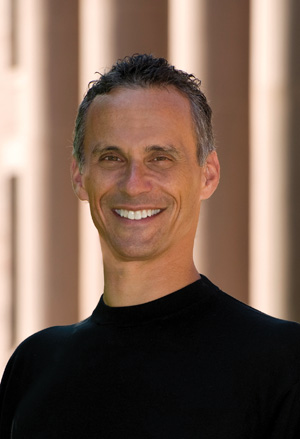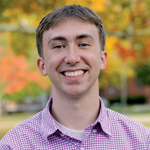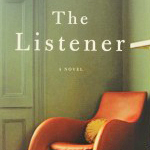PRESIDENT’S LETTER

Early in my presidency, a Wesleyan faculty member described the difference between professors here and professors at an Ivy League institution with which he was familiar. “At Wes,” he said, “not only do we care about teaching; we talk about our classes with colleagues so that we can make them better.” After eight years in South College and in the classrooms of Wesleyan, I couldn’t agree more. We think of our teaching, like our scholarship, as a project we can deepen, sharpen…make more impactful for our students.
This has become especially apparent in recent years as many of our professors experiment with new methods across a wide variety of subject areas. A few years ago we took the plunge into mass online education through our partnership with Coursera, and many of us continue to work in that domain with now more than 1,000,000 students. At the very least, we are creating digital textbooks that support learning from middle school through the graduate level. And we soon will be offering “specializations” that will enable students from around the world to deepen their knowledge of and experience with such subjects as data analysis and creative writing.
But the Wesleyan experiment with technology and pedagogy did not begin with MOOCs. Faculty here were creating digital learning environments—from music to biology—long before Coursera. Indeed, staff, faculty, and students have been making sophisticated “learning objects” to facilitate classroom learning for decades. Some of this work in bringing technology into the classroom has been facilitated by the Center for Faculty Development, a program that provides constructive feedback on teaching as well as a place for professors and librarians to compare notes on how to integrate research into the classroom.
Changes in pedagogy are not, of course, limited to technology. As we have offered students an opportunity to complete their studies in three years, we have developed courses outside the time frame of the conventional semester. Our summer classes are small, focused, and have been very successful over the last few years. Recently, we have offered very intense courses during the winter break. Following on these developments, a group of professors are piloting a spring intensive— one class at a time in an integrated sequence.
Last year we began planning the Center for Pedagogical Innovation (CPI). The CPI is designed to be the locus for work on refining learning objectives for specific courses, assessing teaching quality and student progress, and experimenting with new modalities for offering a wide range of subjects. From flipped classrooms to changes in sequence of required courses in a major, the CPI will bring the latest research to bear on questions being asked by new teachers and seasoned pedagogues alike.
I am especially excited about our plan to add classes in design and engineering to the curriculum. Having spent seven years as president of a school of art, architecture, and design, I have long been interested in how liberal education can be integrated with the challenges involved in the intentional making of things. We have done this very well with our studio art program, and the time has come to add design and engineering as ways of thinking about and interacting with the world. The design and engineering initiative will add courses important for students in their own right, and also modes of thinking that will complement much in our curriculum—from physics to film studies.
Speaking of something that will impact much of the curriculum, I have become interested in research showing that project-based learning has a positive impact on student learning in many disciplines. It’s pretty simple, really. When students make stuff, when they create projects individually or in groups that respond to what they are studying, the learning tends to be much “stickier.” In other words, you remember more when you are actively translating material into projects rather than just showing you received information. Makes sense, right?
We are interested in infusing this active learning into all areas of the curriculum. Advisers, then, can talk with their students about the projects they have created and not just about the classes they have taken (and may quickly forget about). Having resources in design thinking and access to principles of engineering should be helpful in this regard.
Liberal education is committed to the idea of lifelong education. The idea that we can always learn more about the world and our actions in it goes for teachers, too. New pedagogical tools and techniques make this an exciting time to be teaching and learning at Wesleyan. As teachers and students, our inquiries, embodying “boldness, rigor and practical idealism,” are helping us in new ways to pursue “the good of the individual and the good of the world.”


